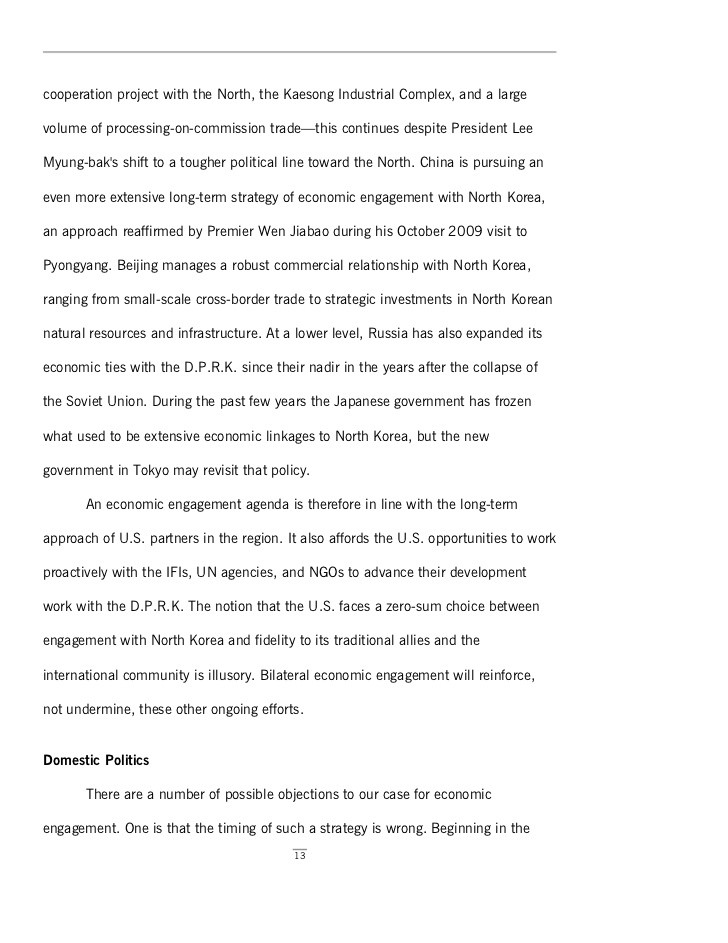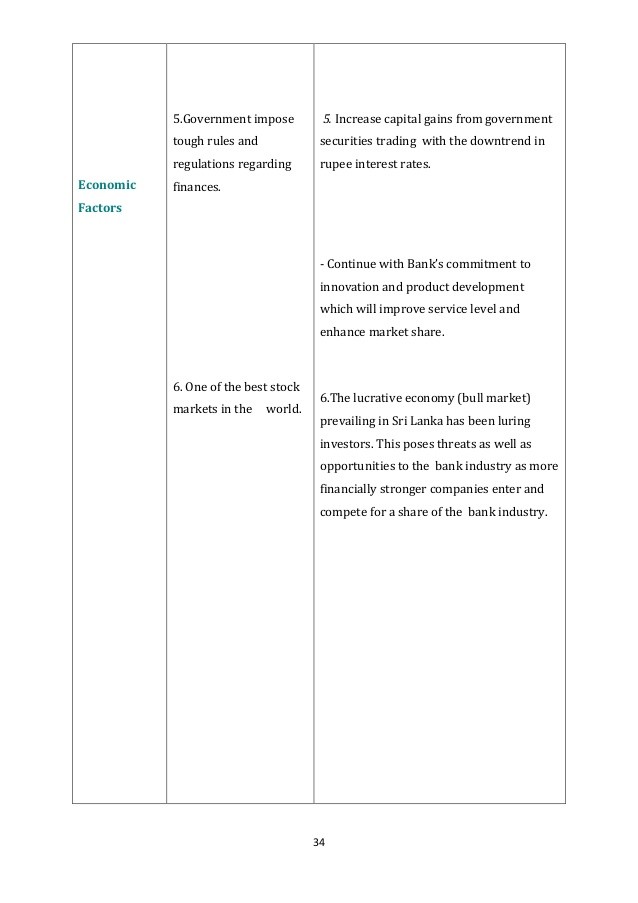5 Rules Of Engagement For Trading In Tough Markets
Post on: 2 Апрель, 2015 No Comment

It takes skill to book profits in tough markets. It’s a skill worth learning because risk-conscious techniques work equally well in favorable conditions, giving you a leg up on the competition. Making the switch to more defensive trading strategies becomes easier after you learn five simple rules of engagement. (For related reading, see: Risk Management Techniques For Active Traders ).
Markets alternate between periods of easy trades and more volatile conditions in which prices bob and weave like a prizefighter, shaking out stops and raising anxiety levels. It’s easy enough to trade profitability when graceful trends control the tape. but what about difficult markets when it feels like every decision you make has an immediate and unpleasant consequence? (To learn more, see: The Use Of Trend ).
Relentless self-discipline is the first step in surviving adverse conditions. The five rules of engagement are impossible to follow if you’re too emotional and don’t have a trading plan that addresses key dangers of adverse markets. It gets even worse when you ignore the danger and insist on executing strategies that worked well when the market was giving out gifts. Simply stated, a major purpose of corrective markets is to target those individuals who fail to adapt to changing conditions. (For related reading, see: Connecting Crashes, Corrections And Capitulation ).
So take a deep breath, embrace the tough tape and review these five steps until they’re incorporated into your daily market routine.
1. Remember that cash is a position too
Everyone wants the same thing during dangerous or volatile markets. They are waiting for more conditions to become easier and more familiar and in the meantime, they throw money at the tape whenever a price impulse looks similar to one that produced a profit in better times. This is a bad approach because the market knows you’re there and flashes those familiar moments just to get your attention and pick your pocket. (For more, see Momentum Trading With Discipline ).
This is the time to remember that cash is a position too. If you don’t believe me, go back and recalculate results for a year after eliminating those trades when sitting on your hands offered a better option. It proves the point that saving a dollar is more important than making a dollar in our modern financial markets.
2. Step back and focus on weekly and monthly charts
High volatility can dull your concentration and force you to second guess your time-tested strategies. Overcome this headwind by stepping back and trading off weekly and monthly price patterns. (For more, see: How To Interpret Technical Analysis Price Patterns ).This approach demands patience because days can pass between actionable buy and sell signals. In between, the market will tempt you with wild swings that look like instant moneymakers. Stay the course because long-term support and resistance levels work exceptionally well in corrective environments. (For more, see: Support And Resistance Basics ).
3. Become a big game hunter
All bad markets present hugely profitable opportunities but we get so distracted by adverse price action that we fail to comprehend the signals when they finally go off. Decide now to set your sights on big game when markets go haywire or when choppy conditions rule the roost. These brilliant trades may only occur at major turning points so be prepared to sit and stare at your screen for days or weeks, doing nothing, until the magic moment arrives. It will be worth the effort because months of profits can be booked in a few days when your timing is perfect. (To learn more, read: Buy-And-Hold Investing Vs. Market Timing ).

4. Embrace uncertainty and volatility
All market movement is good because it leads to new opportunities. Understand that volatile conditions signal periods of high conflict and high commitment when two sides are battling it out for tape supremacy. It isn’t your job to pick a winner. Rather, you need to wait until one side emerges as the victor and then take advantage of the victory. (For more, see: Tips For Investors In Volatile Markets ).
Even bad markets generate good opportunities from time to time but expect to miss them when focused on big game and the bigger picture. Keep your cool when that happens, understanding you’re playing new inefficiencies and won’t be taking advantage of trade setups that don’t match your new criteria. More importantly, you’re passing on more familiar setups because the odds are no longer in your favor
5. S urvive first and the rest will follow
Preserve capital at all costs. Reduce trade frequency by 60% to 90% compared to periods when good markets are spitting out all sorts of low-risk setups. It’s a perfect time to listen to the calm inner voice that knows what to do and what not to do when a crisis hits the ticker tape. That’s the voice of the survivor that wants to come out and play after the dark clouds finally pass.
The Bottom Line
Tough markets undermine profitability and lower self-confidence. Adapt and adjust with higher cash levels, lower trade frequency, focusing on the most profitable setups and embracing uncertainty.














